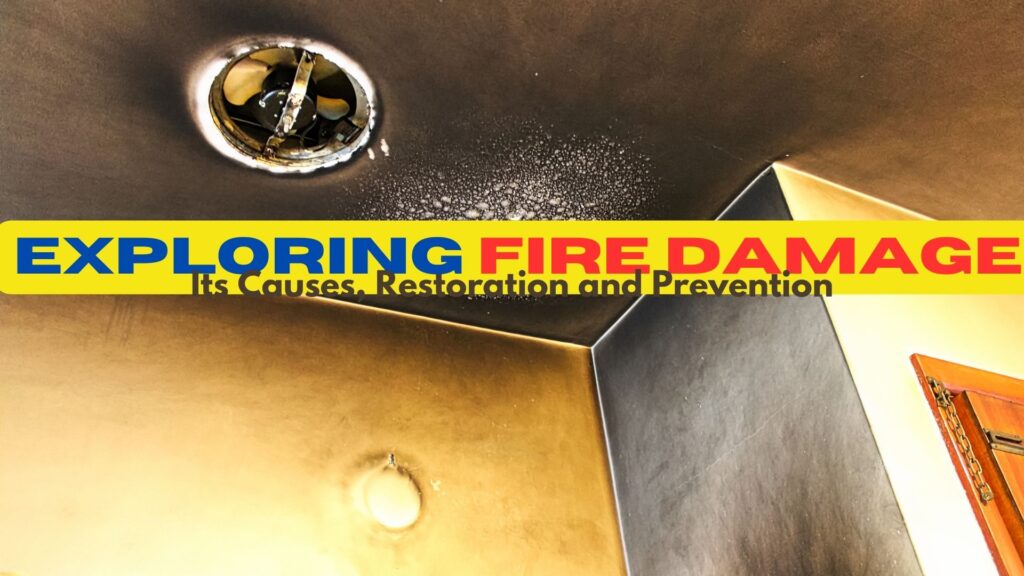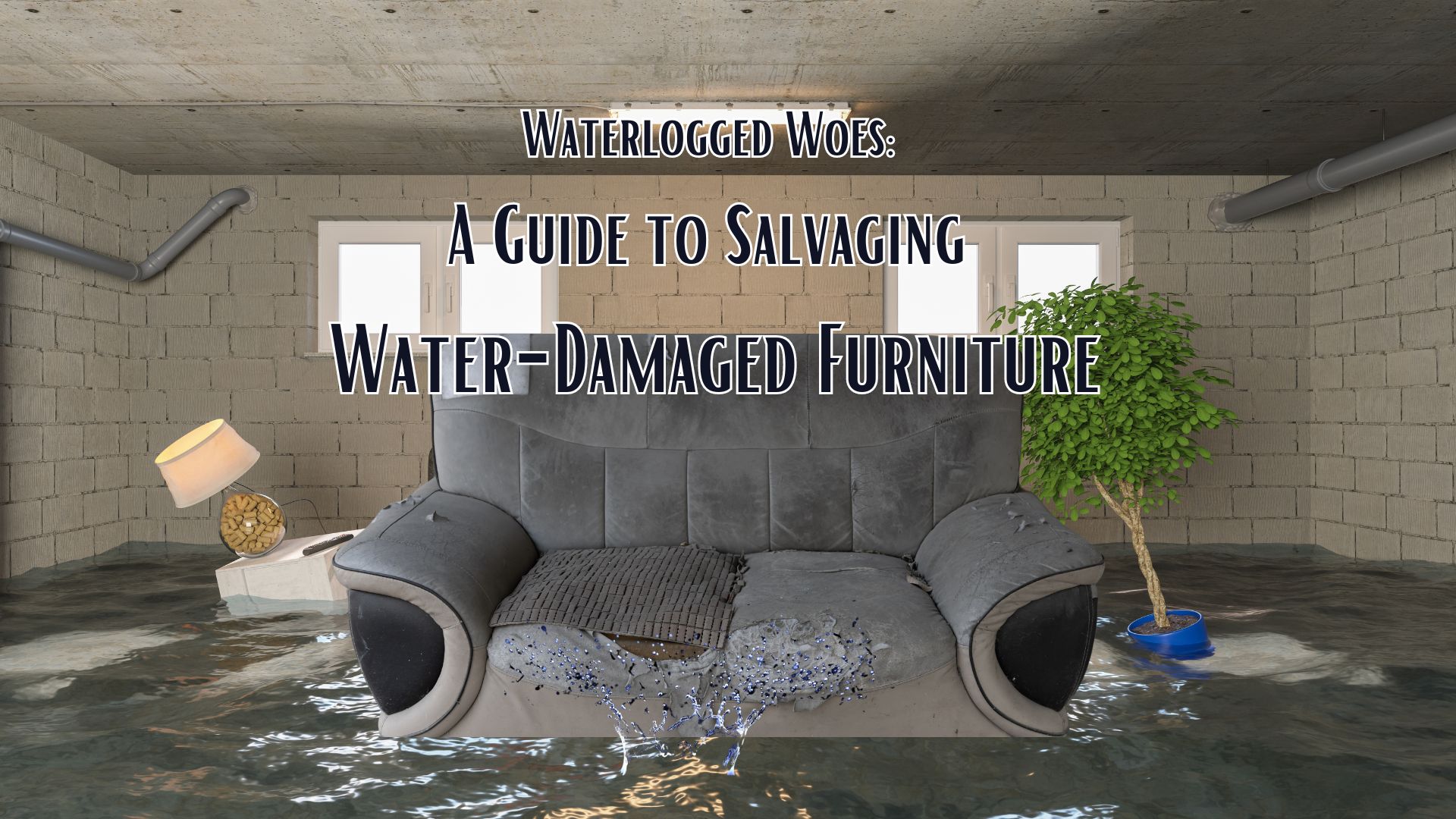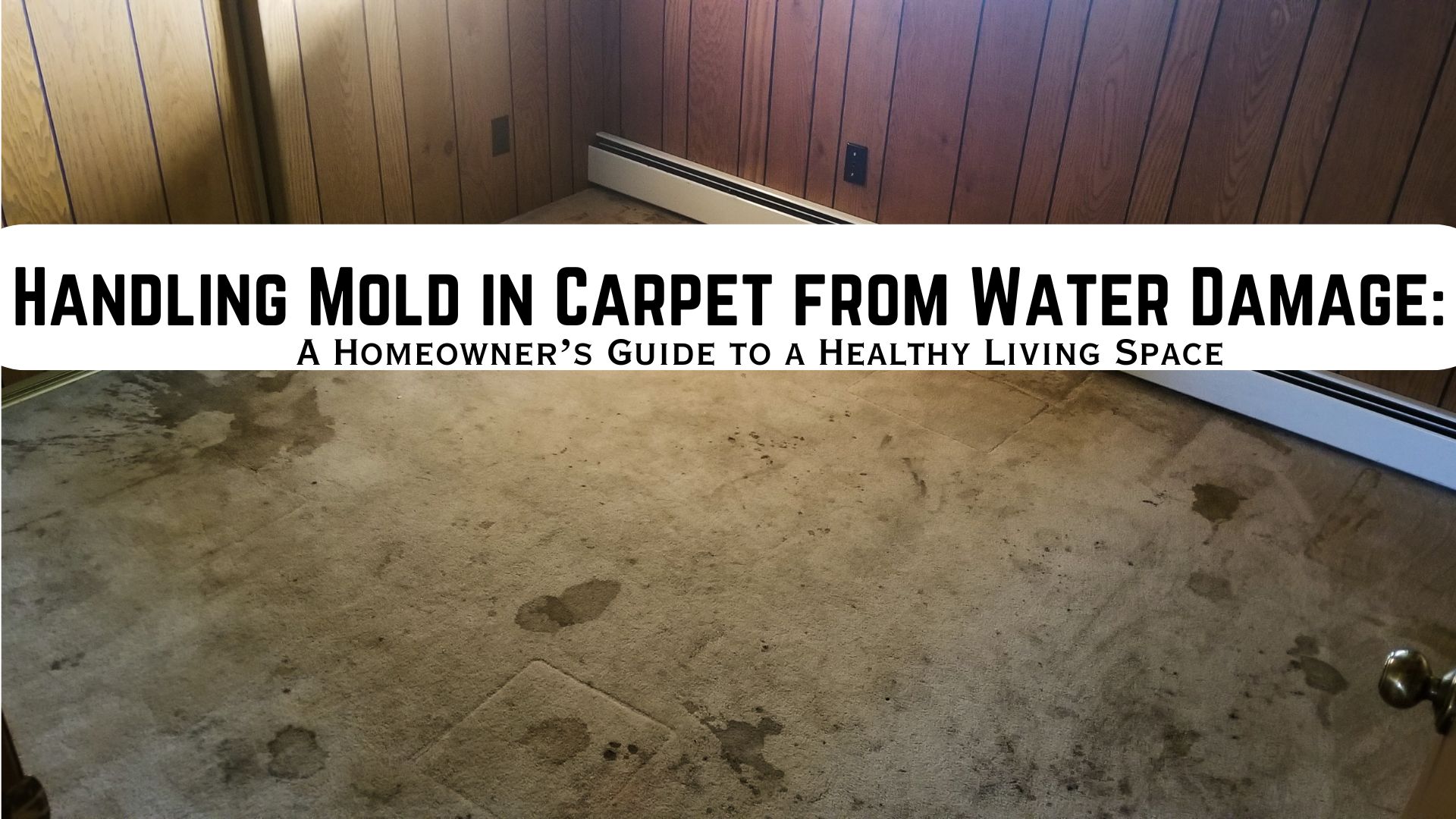
Fire damage is a devastating and traumatic experience for anyone who has had the misfortune of witnessing its destructive power. Beyond the immediate destruction of property, fires can leave a lasting impact in the form of smoke damage, structural damage, and even water damage in the aftermath of firefighting efforts.
Superior Restoration is here to assist and educate you on the causes, the various types of fire damage, the fire damage restoration process, and strategies for preventing fire-related disasters.
Understanding Fire Damage
Fire damage is defined as the damage caused to the property by fire. As a homeowner, fire is the last thing we want to see at home. Fire causes massive destruction to our property, leaving our home with smoke, dirt, and damaged furniture and equipment. Moreover, fire constitutes a danger to humans.
According to research made by the National Disaster Education Coalition, In the United States, a home fire is the fifth greatest cause of death and injury and is also listed as the first cause of death for children below 15 years old.
Types of Fire Damage
Fire damage can manifest in several distinct ways, each presenting its own unique challenges for recovery and restoration. Here are some common types of fire damage:
Structural Damage: One of the most obvious and immediate consequences of a fire is structural damage. High temperatures can weaken or destroy building materials, compromising the integrity of a structure. This type of damage often requires extensive repairs to make the property safe for occupancy.
Smoke and Soot Damage: Smoke and soot can permeate every nook and cranny of a building, causing extensive damage even in areas untouched by flames. The acidic nature of soot can corrode surfaces and electronics, while the pungent odor of smoke can be challenging to eliminate.
Fire and Water Damage: Ironically, the water used by fire departments to extinguish fires can lead to additional damage. Water can seep into walls, floors, and ceilings, causing structural issues and fostering mold growth if not properly addressed.
Property Damage: In addition to structural and interior damage, fires can cause extensive damage to personal property, including furniture, appliances, and sentimental items.
Common Causes of Fire Damage
A home fire can be generated from different sources. The leading source of home fires and home injuries is cooking fires. NFPA reported that U.S. fire departments attended to approximately 172,100 home structure fires each year from 2012 to 2016 due to cooking activities. Leaving food neglected while cooking may overheat cooking equipment such as pots and pans, and could lead to home fires.
It is important that as a homeowner you are cautious of your surroundings and the sources of heat. Moreover, cleaning or wiping out any spilled grease or fat on your counter is also a vital preventive measure in avoiding cooking fires.
- Home Heating Equipment
Placing the heating equipment close to materials that can catch fire, such as wood furniture or clothing items (curtains, mattresses, and more), is the primary factor that could lead to heating equipment fires.
It is recommended that a homeowner should never leave any heating equipment unattended. Provide a three-foot radius of your heating equipment from anything that can catch fire and is flammable. Moreover, frequent cleaning of the heating equipment, including chimneys, can prevent home fires.
- Electrical Equipment
Electrical fires can be formed in many categories. Some examples of these are, using an appliance with worn and frayed cords or using outdated wiring. Plugging too many on one outlet at the same time, inappropriate use of extensions, and faulty lighting fixtures add up to the category of the causes of electrical fires.
Have a thorough check of your wirings, cords, and circuits. It is also wise to avoid overloading your outlets. If you are not sure about your electrical wiring or lighting fixtures, seek professional help.
- Smoking
One key factor that contributes to the smoking fire is when a person smoking falls asleep or passes out in a bed or upholstered furniture. Upholstered furniture can easily catch fire and fire can spread quickly.
Another factor that contributes to smoking fire is the improper discarding of cigarette butts. Butts can contain its fire even after a few hours.
Refraining yourself or other people from smoking inside your home and properly disposing of smoking materials can prevent fire.
The Fire Damage Restoration Process
Recovering from fire damage is a complex and multi-step process that requires professional expertise. Here is a summary of the process involved in restoring fire damage:
1. Assessment and Inspection
The restoration process begins with a thorough assessment and inspection of the damaged property. Professionals evaluate the extent of fire, smoke, and water damage to create a detailed restoration plan.
2. Smoke and Soot Removal
Removing smoke and soot is a top priority. Specialized equipment is used to clean and deodorize affected surfaces, ensuring that the lingering odor is eliminated.
3. Water Damage Restoration
Addressing water damage is crucial to prevent further structural deterioration and mold growth. Technicians use powerful drying equipment and dehumidifiers to remove moisture from the property.
4. Structural Repairs
Structural damage is repaired to ensure the property is safe for occupation. This may involve rebuilding walls, replacing damaged support beams, or repairing roofing and flooring.
5. Property Cleanup
Personal belongings are carefully cleaned, restored, or replaced as necessary. Items with sentimental value are given special attention in the restoration process.
6. Odor Elimination
Persistent smoke odors are eliminated using specialized techniques such as ozone treatment, thermal fogging, or air scrubbing.
7. Final Inspection
A final inspection ensures that all damage has been addressed, and the property is safe to enter. It also includes detailed documentation of the restoration work, which is often required for insurance claims.
Preventing Fire Damage
While the restoration process can be extensive and costly, preventing fire damage is always the best approach. Here are some key strategies for fire prevention:
1. Install Smoke Alarms
Smoke detectors serve as your primary defense against residential fires. Ensure they are installed in every bedroom, hallway, and common area, and test them regularly to make sure they are in working order.
2. Practice Fire Safety
Educate yourself and your family about fire safety practices, including how to use fire extinguishers and escape routes in case of a fire. Conduct and arrange fire drills to make sure that everyone is familiar with the https://www.wikihow.com/Category:Fire-Emergenciesproper actions to take during an emergency.
3. Properly Store Flammable Materials
Keep flammable materials, such as gasoline, propane, and chemicals, stored safely in approved containers and away from heat sources or open flames.
4. Maintain Heating Equipment
Regularly inspect and maintain heating equipment like furnaces, fireplaces, and wood stoves. Have them serviced by professionals to ensure they are in safe working condition.
5. Electrical Safety
Inspect your home’s electrical system for signs of wear or damage, and replace or repair any faulty wiring or outlets. Avoid overloading electrical circuits and use surge protectors.
6. Kitchen Safety
Unattended cooking is a leading cause of house fires. Never leave the stove or oven on when you’re not in the kitchen, and keep flammable materials away from heat sources.
7. Cigarette Safety
If you smoke, do so responsibly. Use deep, sturdy ashtrays, and ensure cigarettes are completely extinguished before disposing of them. Never smoke in bed.
8. Install Fire Sprinklers
Consider installing fire sprinklers in your home, especially if it’s a new construction or undergoing major renovations. Sprinklers can significantly reduce the spread of fires.
Fire Damage Restoration Services
Fire damage is a harrowing experience that can have long-lasting physical and emotional effects. Understanding the types of fire damage, the fire damage restoration process, and preventive measures is crucial for minimizing the impact of fires. By taking proactive steps to prevent fires and being prepared for the unexpected, individuals and families can reduce the risk of fire damage and protect their homes and loved ones. In the unfortunate event of a fire, swift action and collaboration with professionals and insurance companies are key to recovering and rebuilding damaged properties. Fire departments, as the first responders, also play a vital role in mitigating damage and saving lives during emergencies.
Remember that fire damage can be devastating, but with the right knowledge, preparation, and support, the road to recovery can lead to a restored and safer home environment.
Most of the causes of fire damage in homes can be prevented. Yet, if life throws you lemons, Superior Restoration is here to help you restore your properties. We respond as quickly as possible and are available 24/7. We have all the means you need for your home restoration or reconstruction. For further information, please contact Superior Restoration today.



